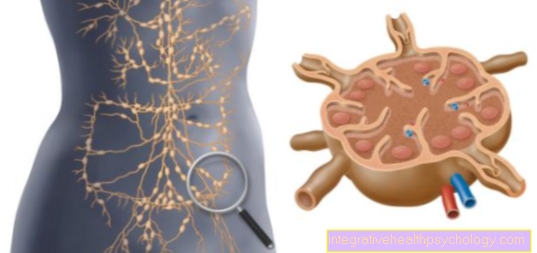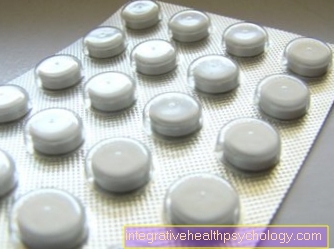Endocarditis prophylaxis
What is endocarditis prophylaxis?
Endocarditis is an inflammation of the inner walls of the heart. This is a comparatively rare disease, but it can be dangerous and difficult to treat. The inflammation of the inner walls of the heart is caused by pathogens. In most cases these are bacteria, more rarely fungal infections can cause inflammation.
Certain patient groups and certain medical treatments can significantly increase the risk of endocarditis, which is why prophylaxis is necessary. As a result of the medical interventions, small amounts of the pathogens enter the bloodstream. Although these do not cause blood poisoning there, they can attach themselves to the inner walls of the heart and especially to the heart valves and cause the inflammation.
For prophylaxis, an antibiotic can be prescribed for particularly endangered operations. However, according to the guidelines, the prescription of antibiotics must be checked very carefully, since excessive use can promote bacterial resistance.
You might also be interested in this: Symptoms of endocarditis

Who needs endocarditis prophylaxis?
Patients with an artificial biological or mechanical heart valve are particularly at risk of developing endocarditis. The foreign material inside the heart particularly favors the colonization of the bacteria circulating in the blood. Other foreign material in the heart is also a danger. People with reconstructed heart valves, heart defects that have been operated on or heart defects with short-circuit connections in the venous and arterial blood circulation are particularly at risk.
Previous endocarditis diseases also indicate an individual tendency to this inflammation and represent an important risk factor for further diseases.
Not affected are patients with valvular heart disease without third-party implants or prior heart surgery. In the past, they also received prophylaxis. Even today, antibiotics are often taken beforehand during surgical interventions and dental treatments, although these are not necessary according to the guidelines.
Further information on the subject can be found here: Bacteria in the blood - how dangerous is it?
Prophylaxis for a stent operation?
Even if various pathogens can get into the bloodstream through the insertion of a stent through the skin, no endocarditis prophylaxis is required for this procedure. Even high-risk patients do not need to take antibiotics before the procedure.
For which procedures do I need endocarditis prophylaxis?
Dental and maxillofacial surgery are the top priorities for endocarditis prophylaxis. This includes all procedures in which the gums are damaged and bleeding can occur. This applies to dental implants and removals, biopsies, tartar removal or any interventions that could potentially damage the gums.
Here too, endocarditis prophylaxis should only be used for high-risk patients and not for all patients. Endocarditis prophylaxis may also be necessary for patients at risk for further interventions in the mouth, nose and throat area. This is the case with interventions of the respiratory tract that are associated with injuries to the mucous membranes, such as the removal of tonsils or a biopsy.
Endocarditis prophylaxis is particularly indicated in high-risk patients who are undergoing an invasive procedure and are already suffering from an infection, for example an infection of the respiratory tract or the gastrointestinal tract. The risk of bacteria in the bloodstream increases enormously here.
Endocarditis prophylaxis when cleaning your teeth?
When cleaning teeth, a distinction must be made between professional dental hygiene carried out by a dentist and personal dental hygiene. Professional teeth cleaning is often associated with tartar removal, small bleeding and minimal damage to the gums. Temporary bacteria in the blood are very common, so that endocarditis prophylaxis is useful for high-risk patients.
Further information on the subject can be found here: The professional teeth cleaning
Personal teeth cleaning and good dental hygiene, on the other hand, are particularly recommended for patients at risk. It is a not insignificant influence and can significantly reduce the risk of temporary bacteria or other pathogens circulating in the blood. If numerous pathogens collect in the oral cavity, even a minimal damage to the gums, for example from brushing their teeth, can pose a risk for high-risk patients.
Which antibiotic is used for endocarditis prophylaxis?
Several antibiotics are available for endocarditis prophylaxis. The most common are included Amoxicillin, ampicillin and clindamycin. These antibiotics cover the common bacteria and pathogens that are responsible in most cases.
Other antibiotics only need to be used in certain situations. This can be, for example, a penicillin allergy or a changed spectrum of germs. Certain accompanying infections often require antibiotics against specific or multi-resistant pathogens. For example, multi-resistant staphylococci, a type of bacteria that make treatment difficult, accumulate.
The antibiotic is usually taken one hour before the treatment and administered directly in the practice or, for example, if the teeth are regularly cleaned, a prescription is issued in advance so that the patient can get the antibiotic in the pharmacy and take it .
ID card for endocarditis prophylaxis
Nowadays there are agreements among each other in all German-speaking countries regarding endocarditis guidelines and prophylaxis. For high-risk patients in particular, there is a website on and from the German Heart Foundation Forms for endocarditis cards. Similar to an organ donor card, these ID cards should always be worn by the persons concerned in the event of an emergency. In addition to the name and age, this card also mentions the reason for the need for endocarditis prophylaxis, as well as an intolerance to the most important antibiotics.
Learn more about: Therapy for endocarditis
Recommendations from our editorial team
- The anatomy of the endocardium
- Bacteria - bacteria in the blood
- Valvular heart disease
- artificial heart valves

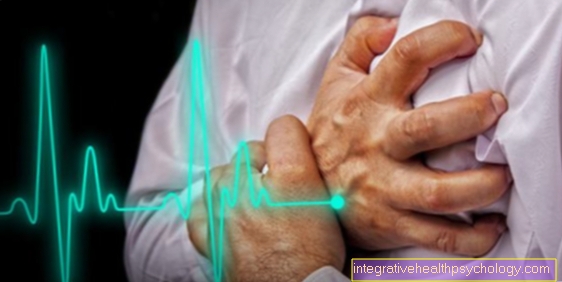







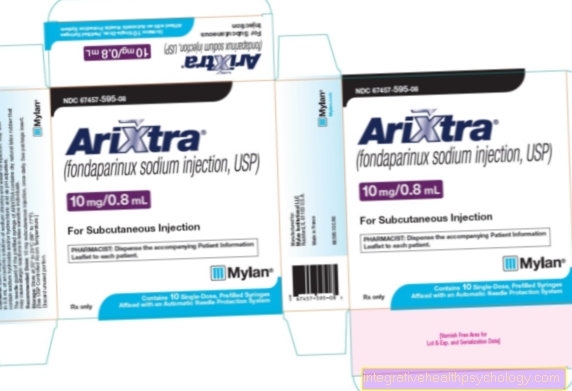




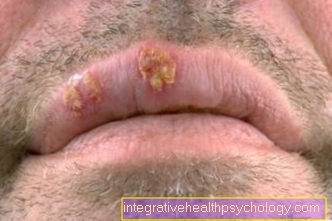




.jpg)

